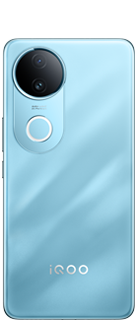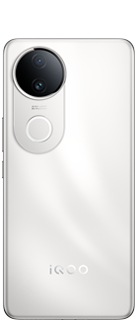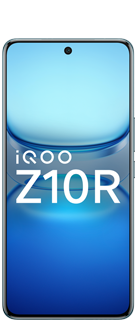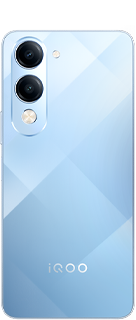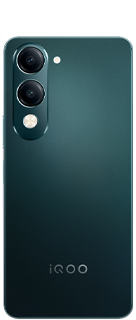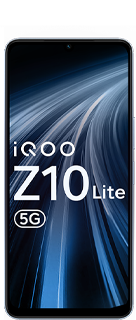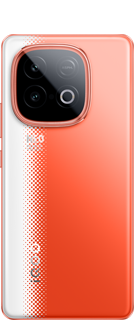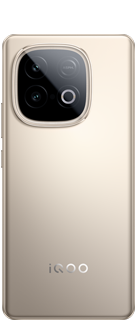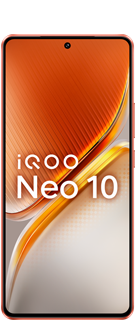Breaking Barriers: Vision-Powered 3D Printing for Advanced Material Structures
Revolutionizing 3D Printing: Contact-Free System Creates Functional Hybrid Structures

A groundbreaking 3D printing system developed by researchers from MIT, Inkbit (an MIT spinout), and ETH Zurich is poised to transform the world of additive manufacturing. The innovative technology employs computer vision to enable contact-free 3D printing, allowing engineers to utilize a broader range of materials and produce intricate, functional objects at an astonishing speed.
Traditional 3D inkjet printing systems use thousands of nozzles to deposit resin droplets, which are then smoothed and cured with UV light. However, the smoothing process can be problematic for materials that cure slowly, limiting the types of substances that can be employed. The newly developed system addresses this challenge by incorporating computer vision, allowing real-time adjustments to the amount of resin deposited by each nozzle.
One of the key advantages of this contactless system is its compatibility with slower-curing materials, offering improved properties such as greater elasticity, durability, and longevity compared to traditional acrylates. The system's automatic adjustments occur seamlessly during the printing process, making it approximately 660 times faster than comparable 3D inkjet printing systems.

The researchers utilized this cutting-edge technology to create complex robotic devices featuring both soft and rigid components. For instance, they developed a fully 3D-printed robotic gripper resembling a human hand. This gripper, controlled by reinforced yet flexible tendons, showcases the system's capability to produce intricate, functional structures.
The system, described as having "eyes and a brain," employs a technique known as vision-controlled jetting. Four high-frame-rate cameras and two lasers continuously scan the print surface, capturing images of resin droplets being deposited by thousands of nozzles. The computer vision system then converts these images into high-resolution depth maps, comparing them to the computer-aided design (CAD) model to adjust resin deposition in real-time.
The level of control offered by the system is exemplified in its ability to print precisely with wax, which serves as a support material for creating cavities or intricate networks of channels within an object. This flexibility enables the use of materials that cure more gradually, expanding the range of applications for 3D printing.
One significant breakthrough involves the use of thiol-based materials, slower-curing than traditional acrylic materials but more elastic and stable over a wider temperature range. This opens up possibilities for fabricating robots or systems that interact with real-world environments.
The researchers envision numerous applications for their technology, including printing with hydrogels for tissue engineering, silicon materials, epoxies, and durable polymers. The system's potential spans medical devices, semiconductor polishing pads, and more complex robots. The research, funded by institutions including Credit Suisse and the U.S. Defense Advanced Research Projects Agency, marks a pivotal step toward a new era in additive manufacturing.
Note- Picture and Information Source MIT
Nitin Panwar
Moderator
Please sign in
Login and share
